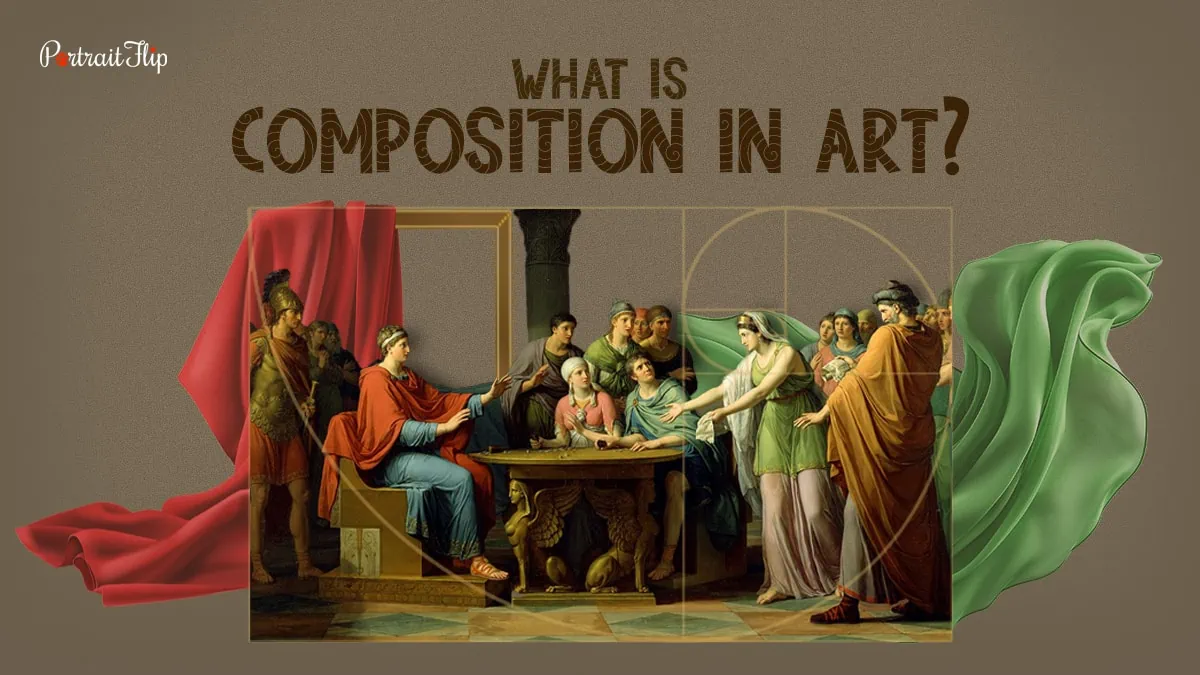Why is it that whenever we walk into the museum, some piece attracts us and we end up spending more time gazing at it?
What is it that stops us and makes us wonder?
Let’s take some famous painter’s works into consideration to understand the depth of this question.
What is it about the rich and harsh images of Frida Kahlo that makes them irresistible to our eyes?
Why do we get an unusual feeling from every Mark Rothko art we glance at?
Why do we get pulled by the calmness of Johannes Vermeer?
All these questions have a single answer—in fact, just one word—composition!
You know what composition in art is?
It’s something that completes any art piece, whether it’s a painting or sculpture.
People mostly confuse composition with subject matter. But they are entirely different from each other.
The subject is one aspect of a painting, whereas the composition is the entire artwork.
Whether abstract or representational art, each painting has its own composition.
To get a clear understanding of what composition stands in the artwork, I welcome you to this blog that covers all the aspects of composition. So, shall we move further?
Table of contents
What is Composition in Art?
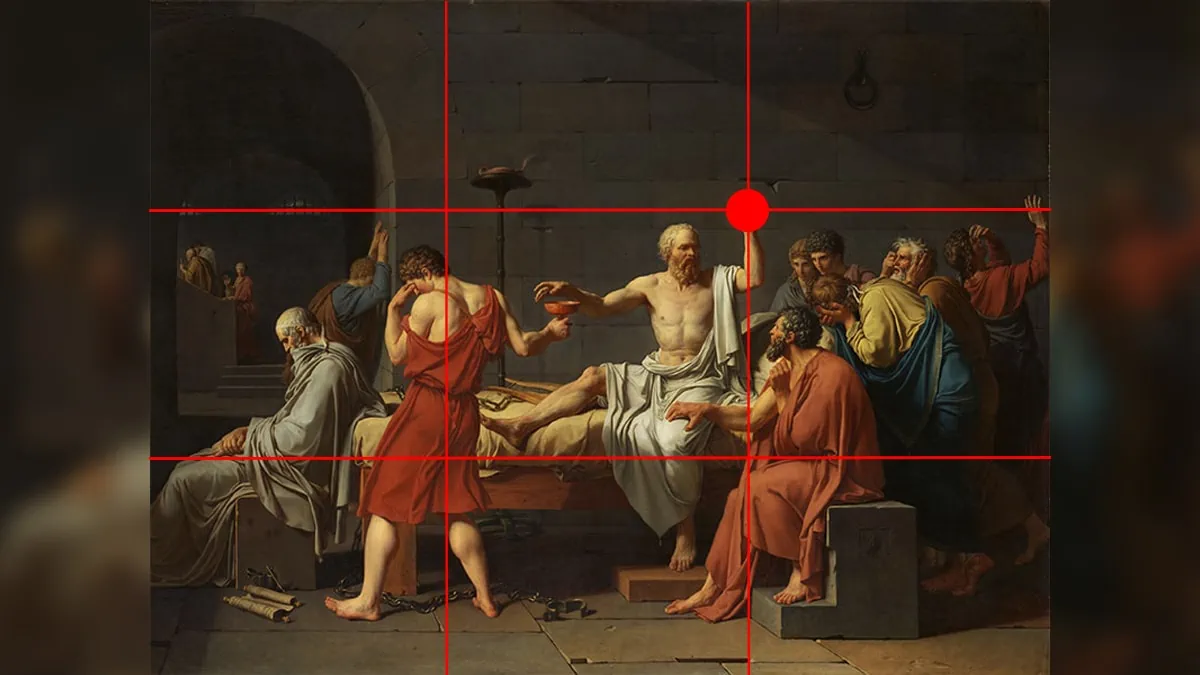
Grab any book or blog related to arts and give it a read. You’ll find one common factor, which is composition.
A good composition is the secret of any renowned and successful artwork.
Have you ever wondered what attracts you to a particular piece of art? Well, it can be numerous factors, like color, pattern, elements, or principles.
But all these factors fall into one category, which is composition.
So what does composition mean in art?
Basically, a painting is composed of various elements that work together to form a whole piece of art. Those elements are known as compositions.
It is the most significant element of art, without which any piece cannot be completed.
But of course, composition also has features that it is composed of. How about we have a look at its type as well?
Types of Art Composition
Do you know why there are features in art compositions? The answer to this is simple.
These elements of art composition help the visuals organize and give a pleasing view to art lovers.
They help in forming a layout for the painting and enhance the subject.
It also makes the viewer wander around the whole art piece and then get their eyes on its main subject.
To be precise, there are various compositions in art that contribute to the painting. Some of them are:

- Unity in art composition – where all parts are connected to each other
- Movement in art composition – where composition is set in motion or action
- Balance in art composition – where a sense of accuracy is portrayed
- Rhythm in art composition – where a flow in art with repeated colors or structure is created
- Contrast in art composition – where light and dark texture, shape, and colors create composition
- Focus in art composition – where viewers ultimately rest their eyes, such as main subject
- Pattern in art composition – where repetition of colors, shapes, or values takes place
- Proportion in art composition – where each subject fits with the other in terms of size and scale
Now that you know the types of composition in art, do you know how composition varies with each art piece?
Also Read: Themes In Art: Exploring Art Themes
How Does Composition in Art Vary?
Art is not restricted to any one rule. It all depends on how the artist wants to portray his thoughts on canvas.
The principles of composition in art give us the freedom to depict subjects in a piece. What I mean to say is that composition is not compact to just one subject matter.
For example, many people say that a good composition is balanced and always draws equal attention to all the objects present in the painting. However, it’s not necessary.
As I said before, it all depends on the creator of the piece.
Some artists choose to emphasize a particular subject because it is the most important part of their work.
Some may create a space where all the subjects are connected with each other. Keeping it simple and minimalistic.
To make it more understandable, let me explain with an example.
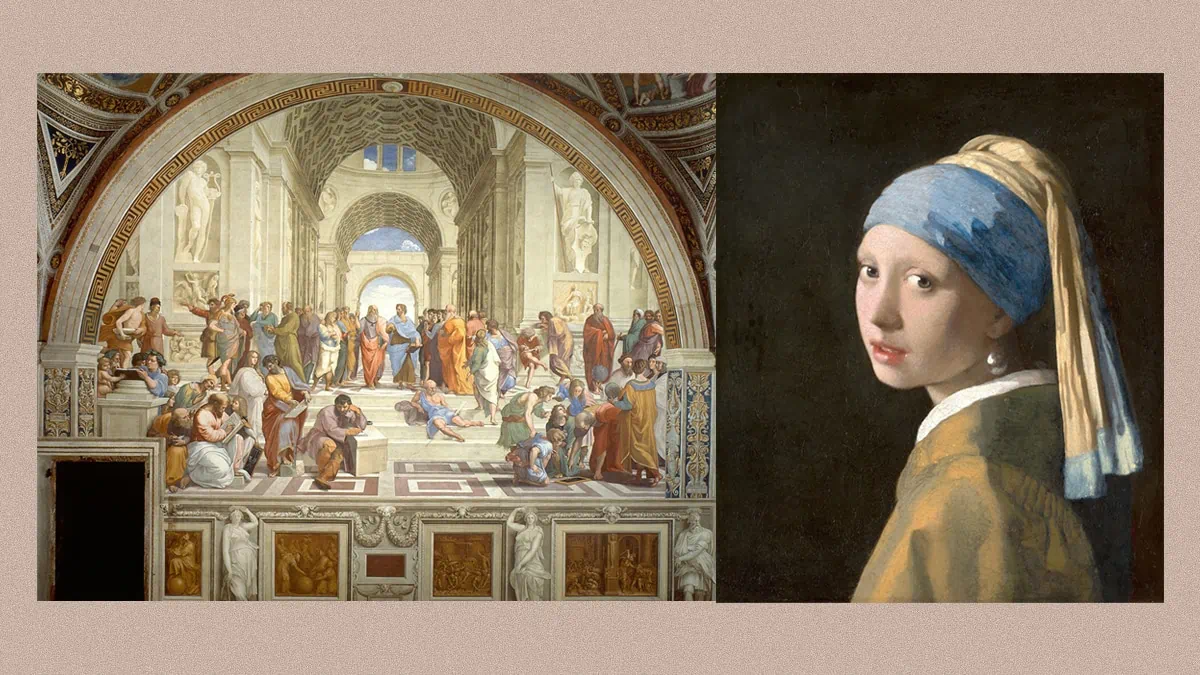
The images you see above are two renowned artworks of their time.
One is “The School of Athens by Raphael,” and the other is the famous “Girl with a Pearl Earring by Johannes Vermeer.”
In Raphael’s work, we observe numerous subjects in just one picture.
He chose to create a piece that involves people with different activities where the viewer can’t pay attention to just one person.
Whereas Vermeer has painted a beautiful woman, keeping the background vacant and dark, that automatically drives all the attention to the girl and her shiny pearl earring.
Now, you understand how the compositions of art vary for each artist and their uncanny thoughts.
Doesn’t this whole concept of composition make you feel that you should have a beautiful painting that completes your wall too?
A few easy steps and you can now own a reproduction painting that illuminates each composition flawlessly.
Evolution of Composition Over Years
During the early stages, composition used to be done in a systematic way until Cubism and Abstract Art came into the picture.
Many rules became subjective and the definition of art composition changed.
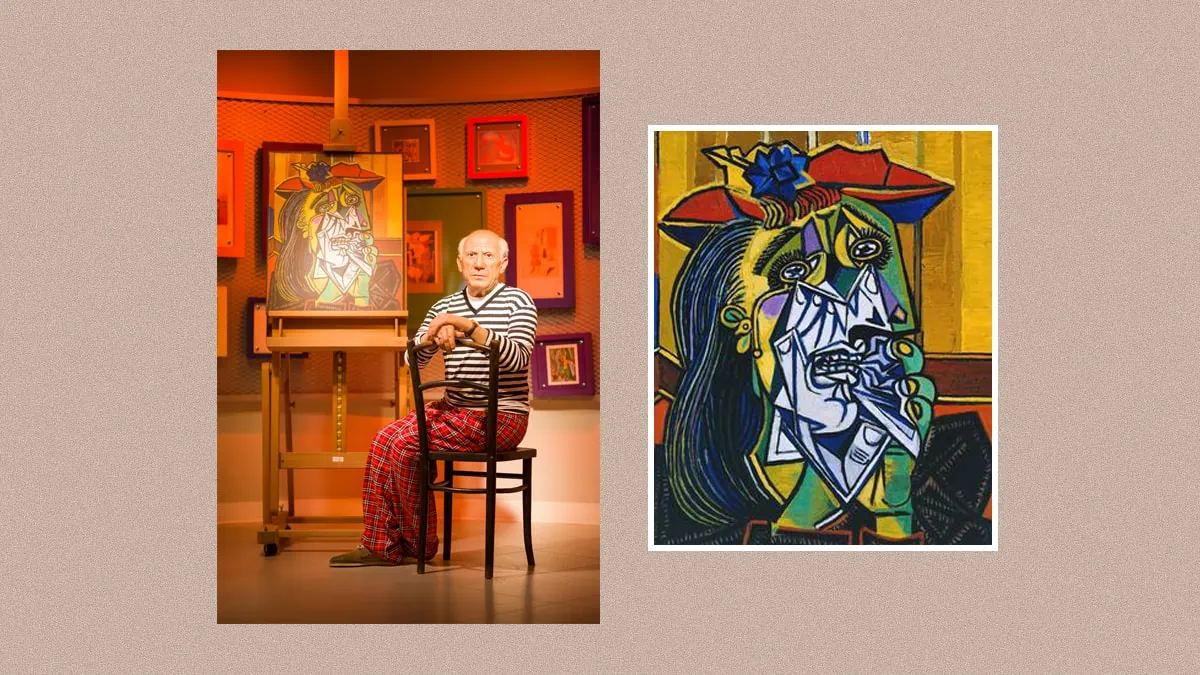
When you look at classical art, they mostly aim for triangular or pyramidal compositions.
It created a sense of geometry within the art piece.
The belief of the ancient Greeks was that art should be as perfect as possible. It should always create a balance and divide each segment into equal parts.
One of the best examples is a human figure, which was witnessed the most in the classical era.

Another technique known as “Golden Ratio” (a mathematical concept) brought the concept of spiral shape into the composition.
One of the most significant examples is the famous “Mona Lisa.”
But artists like Mark Rothko and Jackson Pollock literally threw the whole concept of composition out of the window.
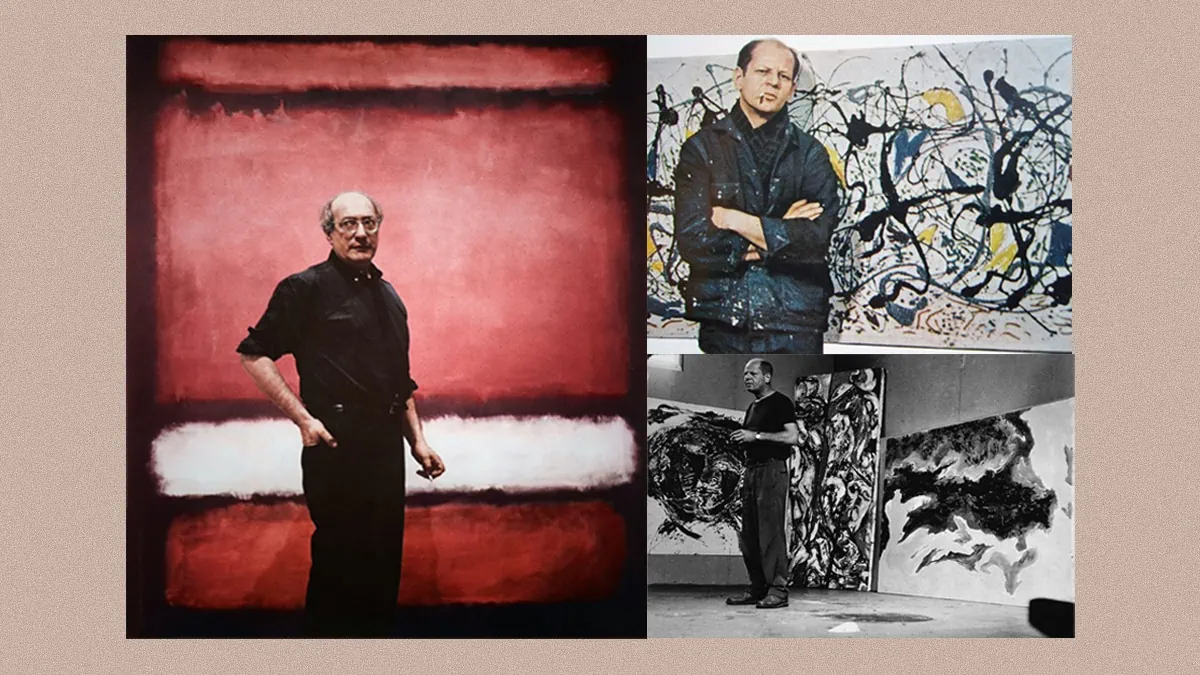
I mean, just look at them with their art pieces in the above image. Where is the composition in the painting? Nowhere!
They approached a whole different space to portray their thoughts in the most uncanny way, which was abstract art.
People mostly claimed that they get a sense of deepness whenever they cross any Rothko or Pollock. Fascinating, I must say!
There are also a few rules that can enhance your knowledge about composition in art. Just give the below video a watch.
To Conclude
The meaning of composition in art may seem a bit confusing but it’s the most simple thing anyone can ever come across.
It may have several rules, principles, and elements, but in the end, it all depends on the creator.
The artist decides what composition he wants to portray in the art, whether it’s painting, photography, or sculpture.
There are also artists like Salvador Dali who aim to disrupt the whole concept and challenge the viewers to rethink balance and elements in their work.
The painting can only have a single subject but a great range of compositions polishes the whole piece.
Remember, each part of the piece is a composition!
FAQs
The three rules of art composition are the Rule of Thirds, the Golden Triangle, and the Golden Mean.
There are eight primary elements of composition in art: line, color, shape, texture, volume, light, time and space.
Form in the composition of art is something that is three-dimensional, considering the volume of the subject.
The principles of composition are balance, emphasis, contrast, pattern, movement, unity, and rhythm.



